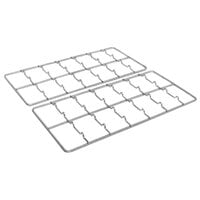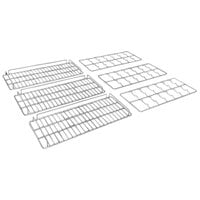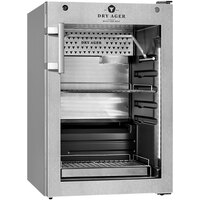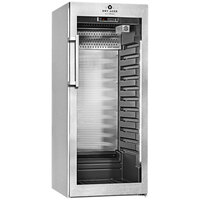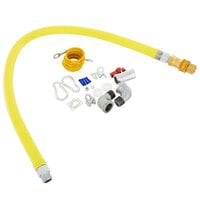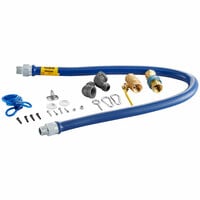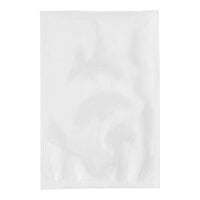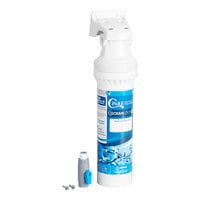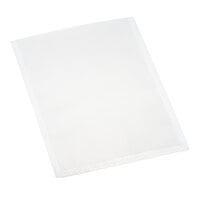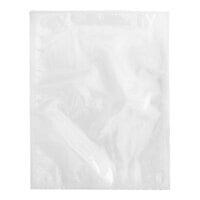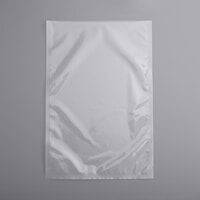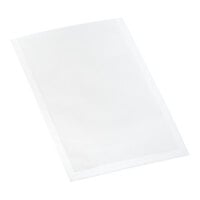Dry Ager Review by Shola Olunloyo of Studio Kitchen Video
Shola Olunloyo, of Studio Kitchen in Philadelphia, shares how the Dry Ager influences his production and preparation methods.
Products Related To This Video
Related Videos

Improve your commercial kitchen’s safety by using Dormont’s Blue Hose® gas connector for your gas appliances! To further increase your productivity and efficiency, try Dormont’s gas connector accessories such as the SnapFast®, Safety Quik®, and more!

Learn how T&S Brass works to provide you with high-quality products and superior service! With over 60 years of experience, they have the plumbing solutions you need for your business.
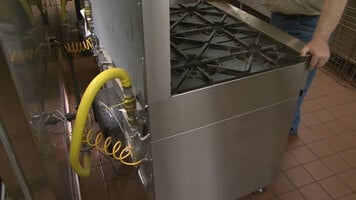
T&S Safe-T-Link and Swiv-A-Link appliance connectors will help your gas equipment function properly for years to come. Watch this video for installation tips and techniques!
